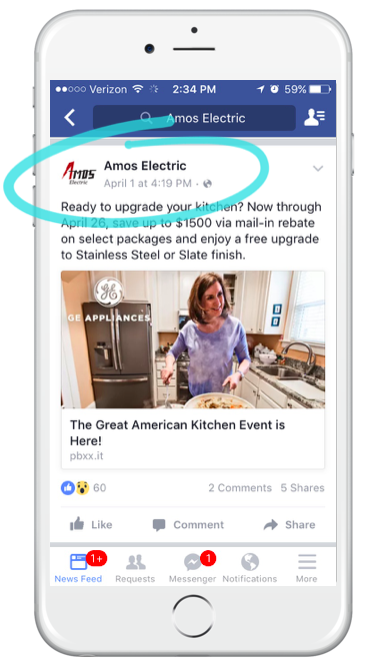

As it is now, traditional co-op advertising has reached a point where it is not only out-of-date, but taxing and inefficient for all involved, particularly for the local retailers who truly need the marketing support.
We recently conducted a survey asking retailers to share insights into their experiences with co-op advertising. The goal setting out was to discover retailers’ pain points and figure out where improvements can be made, from the retailers themselves.
With the findings, we hope to be able to continue paving the way for co-op advertising innovation in the digital age.
Reimbursement Takes Too Much Time
Local advertising isn’t cheap, and when participating in a co-op program, retailers are the ones who have to front the money and then wait for the reimbursement to arrive. Unfortunately, brand repayment can take up to several months, reducing retailer cash flow.
This cutback on resources can leave retailers feeling financially deprived, sour towards the brand, and, ultimately, prevents them from buying and selling more brand products. When surveyed, we found that 83.8% of retailers have to wait three weeks or more to be reimbursed for their co-op efforts. This is simply too long in the digital age.
Rules and Restrictions Are the Leading Pain Point
The reduced cash flow caused by co-op advertising, while troubling, isn’t even the main pain point for retailers. In a recent study by Borrell Associates, local retailers cite “too many rules” (38 percent) as the biggest challenge keeping them from participating in co-op programs. Supporting this, our own retailer data shows that retailers see brand guidelines, rules, and restrictions as the leading obstacle to co-op participation.
Retailers share their candid responses:
“Many times, we feel that the cost/value isn’t worthwhile.”
“There’s either too much paperwork, or it’s too hard to claim the reimbursement.”
Co-op advertising has a notoriously messy system that busy retailers just don’t have the time to participate in. For retailers focused on running a business, it asks too much of them, and it’s one of the main reasons these programs see such low adoption rates.
Even some more savvy retailers who are already doing marketing and utilizing digital channels on their own choose not to participate in co-op programs. Why? The way it is now, it’s just easier if they do it on their own.
Make It Easy and Streamlined
Retailers have spoken – a whopping 55% are looking for the co-op advertising process to be made easier and streamlined. It’s time to start thinking about how we can change longstanding co-op processes.
Retailers share their own thoughts on how co-op could be made easier:
“There needs to be less red tape, better clarity on requirements, and a wider selection of product/ad creative.”
“It’d make things a lot easier if all claims could be made digitally. There would definitely be a faster turnaround.”
The results and feedback we received affirm what we have been saying for a while now: co-op advertising as we know it must be redefined.
While digital marketing continues to rapidly evolve, most co-op advertising programs are stuck in the past. In order to accommodate the needs and capabilities of retailers in the digital age, co-op advertising programs must be streamlined. Enter the solution: Promoboxx Local Ads.


Example co-branded Facebook ad from a GE Appliances retailer
In its ability to effectively engage new local customers and drive them in-store, Promoboxx Local Ads offers a new approach to digital co-op programs. Here’s how:
By leveraging Local Ads, brands like GE Appliances, Shaw Floors, and Electrolux extend sophisticated content, targeting, and media mix to local retailers, benefiting both by reaching nearby customers on mobile devices and bringing them in-store.
Why Is Digital Co-Op Advertising So Hard? >

